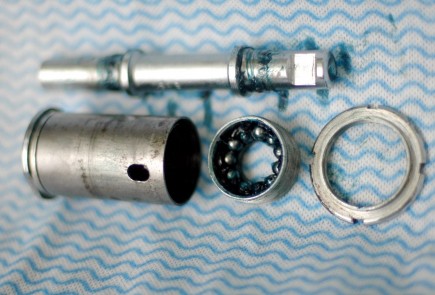Bearing Maintenance – What You Need To Know
Posted November 16, 2015 by admin
Keeping your roller or ball bearings in tip top shape is essential to a great spin, whether it’s on your vehicle, skateboard, or household appliance. The good news? With just a little bit of bearing maintenance, you’ll be at the top of your game.
1. Keep your bearings free of moisture and dirt, and be sure to keep them well lubricated. This requires attention on your part. You’ll never know if your bearings are looking rough unless you actually take the time to inspect them.
2. Keep an ear out. Just as you should be making a visual check on your bearings, you’ll also want to listen for any unusual sounds. When bearings become dirty they may start emitting a squeak. This means they are in desperate need of a cleaning. Use your preferred cleaning solution and dry your bearings ASAP. Once dried, reapply lubricant to prevent any wear or rusting.
3. Never lubricate dirty bearings. While it may seem like a quick fix for the time being, you should never attempt to oil or lubricate bearings if they are unclean. This may only further harm the bearings by driving the dirt into the gears.
4. Talk to people who know what they’re doing. When it comes to “DIY Bearing Maintenance” make sure you have a friend or associate who knows exactly what they’re talking about. This may only end up ruining your bearings. Instead, choose a knowledgeable bunch (Like us!) who knows exactly what they’re talking about.
We didn’t invent the wheel, we just keep it spinning! Contact VNC Bearing for roller bearings, ball bearings and custom solutions. Call us today at 614.876.1000
